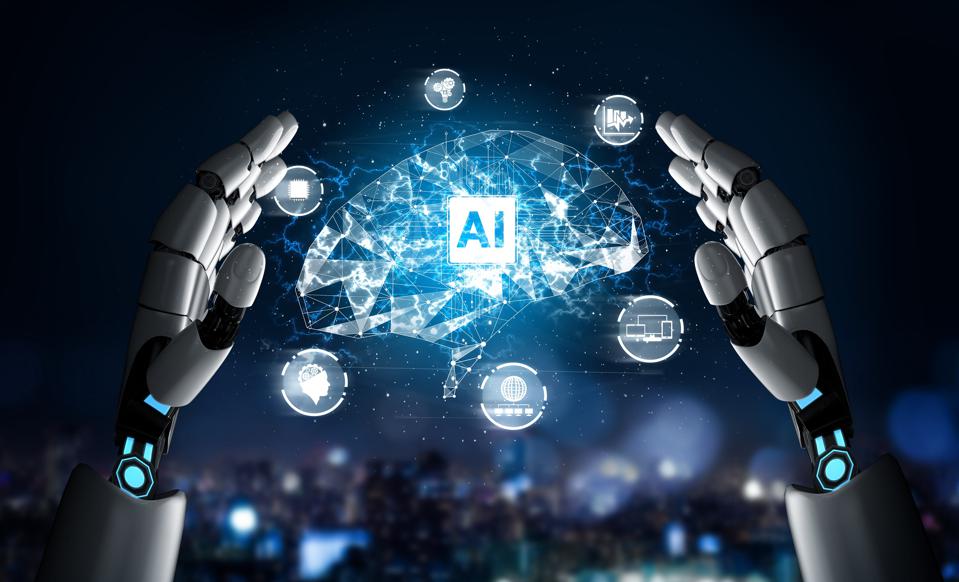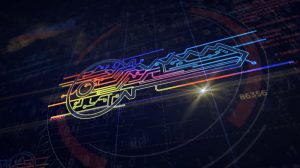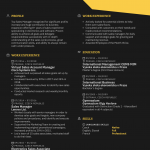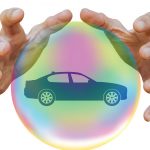Challenges in the Field of Artificial Intelligence
Artificial Intelligence development There is a long history. Artificial Intelligence made a great impact on the world, and continues to have a profound effect on our daily lives. But it’s not all good news. There are also some problems with Artificial Intelligence. First of all, it’s not a “one size fits all” system.
Narrow AI
Narrow artificial intelligence is a form of weak artificial intelligence. It implements only a portion of the mind and focuses on a specific task. Its inventor, John Searle, defined narrow artificial intelligence as a tool to test hypotheses about the nature of the mind. This type of artificial intelligence is useful to test a hypothesis about the mind, but not a substitute for a real mind.
Narrow AI has the potential to improve the quality of products and services offered by businesses. It can also enhance the accuracy of business systems and help companies monitor their operations. For example, machine learning algorithms can be used by Netflix to determine which of their videos customers are most likely to purchase. With these algorithms, businesses can predict the purchase behavior of customers and improve their products.
Narrow artificial intelligence systems have made significant advances in the last decade, powered by advances in machine learning and deep learning. These systems are already being used to diagnose illnesses with a high degree of accuracy. They can also mimic human cognition and reasoning and understand text and speech, allowing them to interact in a personalised manner with humans. The next step is creating self-aware AI that can learn and adapt to changing environments.
Narrow AI is also being used in manufacturing robots and drones. These machines are able to perform specific tasks, and they can free up customer service agents to focus on other tasks. Narrow AI has huge potential to help scale businesses and drive significant business value.
Self-awareness
Self-awareness is an important property of artificial intelligence. It allows a machine to understand its own thoughts and actions, as well as those of other people. The development of this technology will help us build more intelligent robots and computers. However, there are some challenges in this development.
Today’s artificial intelligence systems can act autonomously and sometimes correct their mistakes. However, they are not yet considered conscious, despite the recent developments in the field. The Turing Test is an attempt to measure the sentience and consciousness of a machine. In fact, the machine must be “good enough” to fool humans.
To build a machine with self-awareness, it is important to build it with a “representation of the world” in mind. That way, the machine can understand what it sees and act accordingly. However, it is difficult to build an accurate representation of the world.
The theory of mind suggests that conscious organisms use relationships between different states of reality to make decisions. This enables them to anticipate events, and even take preemptive action, when necessary. Therefore, self-aware artificial systems must have flexible real-time components to build cause-effect, statistical, and spatial models.
Self-adaptability
In the field of artificial intelligence, self-adaptability is an important component. This capability allows a software program to evolve itself with minimal human intervention. Peyman Oreizy first proposed the idea of self-adaptive software in 1999. Self-adaptive software can adjust its behavior based on changes in the operating environment. It can also change its behavior when a better option is available. Since then, many researchers have worked to perfect this technology. The number of publications on this topic has risen steadily over the past few years. In 2017, there were more than one hundred and thirty publications on the topic.
Self-adaptability in AI can be achieved by integrating the right data and AI models. For example, if a process changes, the AI can adapt to it by choosing the appropriate control parameters. When the process undergoes changes, new data points can be incorporated into the model, and the goals can be changed as needed.
Self-adaptability in artificial intelligence is important because it can save human labor hours. It can also enhance a program’s efficiency, making it more accurate in the long run. Ultimately, self-adaptable AI systems are more accurate than humans. However, it is not possible to make an AI system completely human-like.
Self-adaptability is a key component in developing AI systems that are self-aware, autonomous, and capable of learning on its own. Self-adaptability is crucial when a system is expected to function in a dynamic environment that is filled with novelties. As a result, it must be able to detect novelties, characterize them, and adjust to novel conditions. To accomplish this, the agent must gather ground-truth training data, incrementally learn new conditions, and constantly improve.
Self-adaptability is a key component of artificial intelligence and should be designed with a specific outcome in mind. For example, when designing a self-driving car, it is essential to give the robot a specific framework for answering questions. Similarly, the program must have a way to evaluate the environment around it and to avoid collisions.
Self-replicating algorithms
Self-replicating algorithms are computer programs that are able to reproduce themselves. They are based on the concept of cellular automata, a dynamic system that consists of n-dimensional cells that can be in a finite number of states. The state of each cell depends on its neighbors, and transitions are specified by rules.
Unlike other learning algorithms, evolutionary self-replication is a fundamentally different kind of computation. While it shares many similarities to other learning algorithms, it is different in some crucial ways. This is one reason for its intrigue in artificial intelligence research. The self-replicating capabilities of evolutionary algorithms may be important in future development of artificial intelligence systems.
Self-replicating algorithms may be useful in the future for a number of applications, including securing computer systems and repairing them when they are damaged. As self-replicating programs gain more power and complexity, they may become less different from living organisms. They might also make it easier for humans to develop new technologies, such as artificial brains. A future version of this technology could even replace certain jobs in the human workforce.
Self-replicating algorithms are evolutionary in nature, aiming to mimic the processes of natural evolution. The Darwin program, developed in Bell Labs in 1961, is an evolutionary self-replicating program that allows computer programs to compete with each other. Another self-replicating program, the Core War, is designed to allow digital organisms to modify instructions and create mutations for defensive and offensive attacks.
Self-reproducing algorithms are based on the principles of cellular automata. A self-reproducing algorithm has universal computational abilities. An example is a two-dimensional 5-neighbor cellular automaton. It has 63 states per cell and is capable of executing self-replicating operations.
Self-learning algorithms
Self-learning algorithms are one of the most exciting developments in artificial intelligence. They enable machines to transfer skills from one domain to another and adapt to changes in the environment. Unlike supervised deep learning, which involves the machine starting from scratch and adding new actions as it goes, self-learning AI uses the knowledge it already has to adapt to changes without the help of humans. Self-learning AI is being used in many fields, including cybersecurity, where machines can detect breaches more accurately than people.
Self-learning algorithms can also be used in machine learning applications, such as marketing campaigns and push notifications. They can even incorporate climate and geographic data, and can learn from past recommendations to enhance their abilities. Until 2001, anti-spam programs were manually run by humans using IP addresses and content filters to keep spam out of their inboxes. Today, self-learning algorithms are more effective than these methods.
Self-learning systems can be programmatically based or AI-based, and are often based on genetic or back-propogation algorithms. While they are useful in many applications, they have some drawbacks. They add unnecessary confusion in an environment that already contains a great deal of information.














